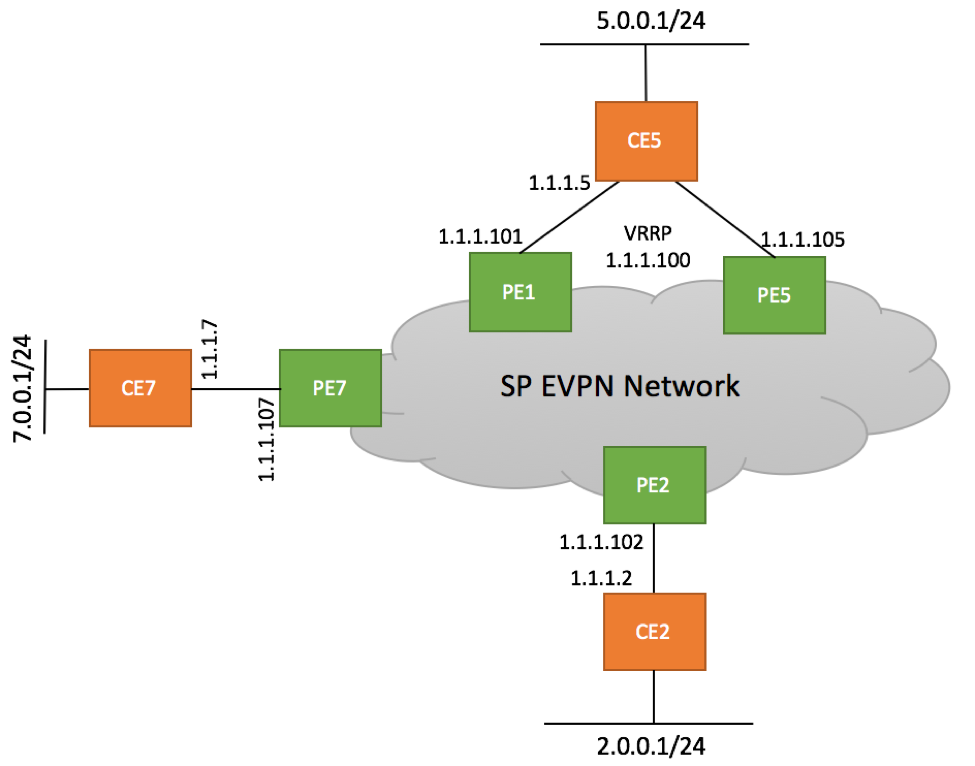Next Generation Multicast VPN (NG-mVPN)
NG-mVPN is a next-generation multicast distribution technology that is predominantly used in service provider networks and addresses scalability and manageability issues associated with the previous generation of SP Multicast VPN (Draft Rosen).
In this article, we will go through configuration steps you’d need to undertake to configure NG-mVPN in a Juniper environment. We will also discuss BGP advertisements that are associated with multicast sources and receivers connected to the network.
Continue reading “Next Generation Multicast VPN (NG-MVPN) configuration example”


